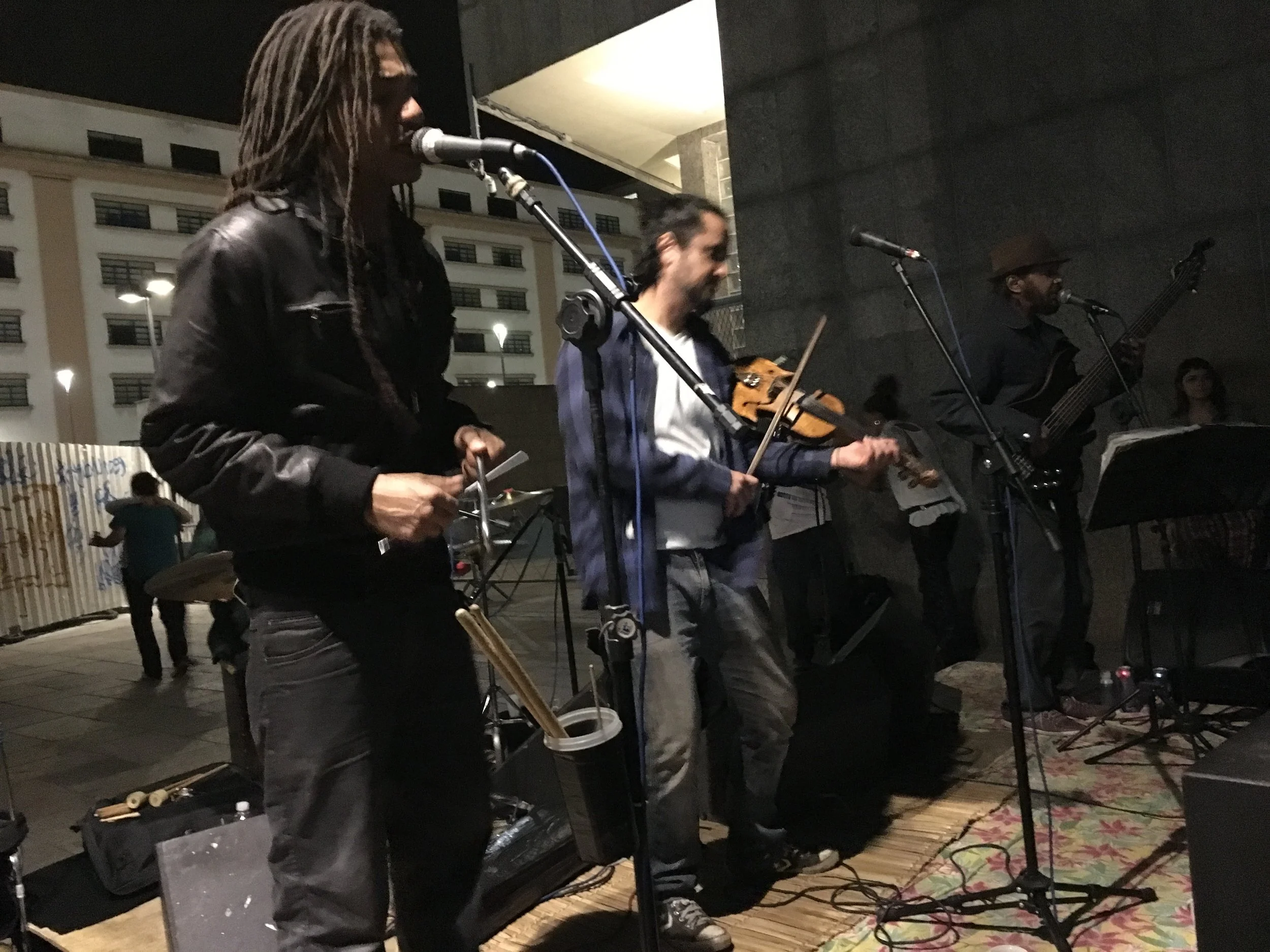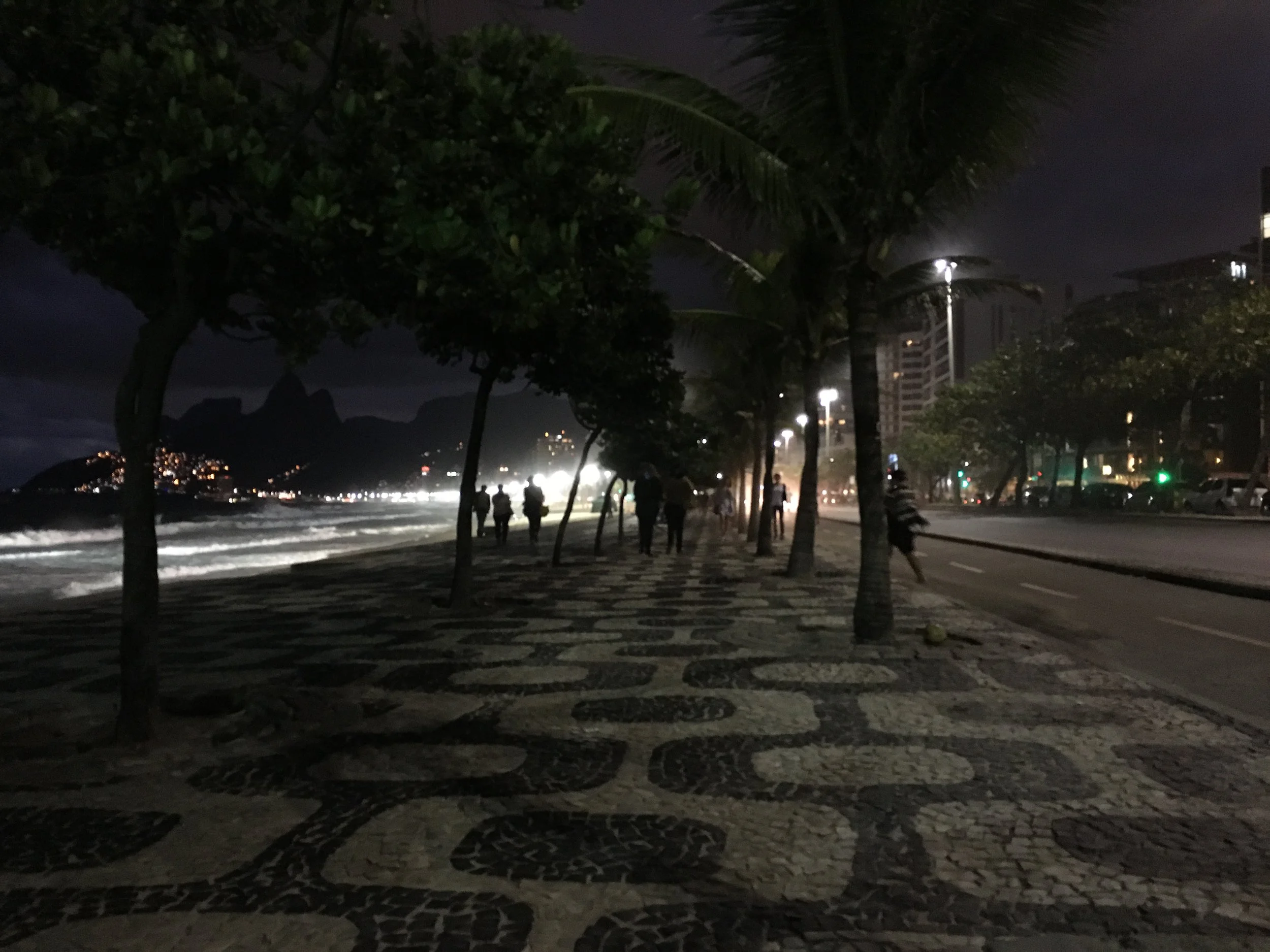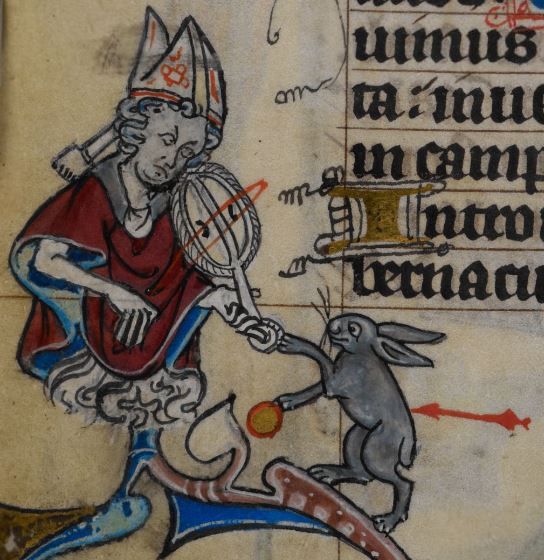
Fiddling is an essential part of traditional folk music from Mexico to Argentina. You’ve seen violins in Mariachi music (and if you are a bit more plugged into world music, you’ve heard of son huasteco), but have you heard of the Afro-Brazilian rabeca players sawing away on Samba tunes with their medieval handmade fiddles during the sweaty Carnival season in the Northeastern coastal regions? How about Argentinian fiddlers playing to swaying gaucho couples in Santiago del Estero?
The fiddle is alive and well in Latin America. And by fiddling, I mean a violin-led music style of traditional melodies and rhythms played mainly (but not exclusively) for dancers.
I was lucky enough to visit both Rio de Janeiro and Buenos Aires over the past few years and get a glimpse of some regional fiddle styles, in a distinctly urban environment. Just as Appalachian fiddling in the US has made it to cities across the country, rural fiddle styles in Latin America can now be found in the major cities of Latin America.
FORRO DE RABECA IN RIO

Internal migration has changed the face of many cities in Latin America. Poor migrants from Northeastern Brazil have been pouring into Rio de Janeiro for decades, often ending up in hillside favelas. They also brought their distinctly Afro-Brazilian culture with them, especially the Forró music which can be found today in clubs throughout the city.
Many associate Forró with the accordion, but many throughout the country now play the music on the most ancient of Brazilian instruments, the fiddle-like Rabeca. Brought over by the Portuguese, the rabeca is thought to be a Sephardic origin and has more or less died out in Portugal. But it lives on in Brazil and is even enjoying a mini-renaissance.
Rabeca…and a rabbit
Rabeca music has been high on my list for decades, after a 2008 trip to the country when I heard recordings of Carnaval music from the Northeastern state of Pernambucana. The recordings were all heavy on percussion and rabeca. I was entranced. It was like Appalachian fiddle music after 10 caipirinhas (an example here).
Forró in Santa Teresa
When in Rio in 2016 for work, I had the good fortune to have colleagues who are very linked in to the musical scene there. One in particular, Michel Tasky – a public health nut by day/Belgian-Brazilian Samba star by night – really hooked me up. A few WhatsApp messages later and I was connected with Rabeca player Rodrigo Bis.
I was able to catch Rodrigo at a café in the hipster Santa Teresa neighborhood, where he serenaded me with a great “Toada do Cavaleiro.” I managed to do a quick recording:
It was a great show, and I had a fantastic time hanging with Rodrigo and his friends.
Forró in Downtown Rio
Rodrigo pointed me towards another concert happening that week, this time in the downtown Rua do Ouvidor – a real, honest-to-god forró de rabeca. The forró was on a stage in a public square surrounded by the 19th century colonnaded buildings that make up this shopping area. Despite the downtown location, it was a rootsy and authentic gathering.
On stage was Daniel Souto, another Rio-based rabeca player. The dancing was intense, and I couldn’t get over the unique sound of Daniel’s sawing fiddle over the percussive and syncopated backing band. Brazilian music is already original enough, but add the medieval-sounding drone of the rabeca and you get an rich and unique sound that is undeniably Brazilian.
FIDDLING IN BUENOS AIRES



